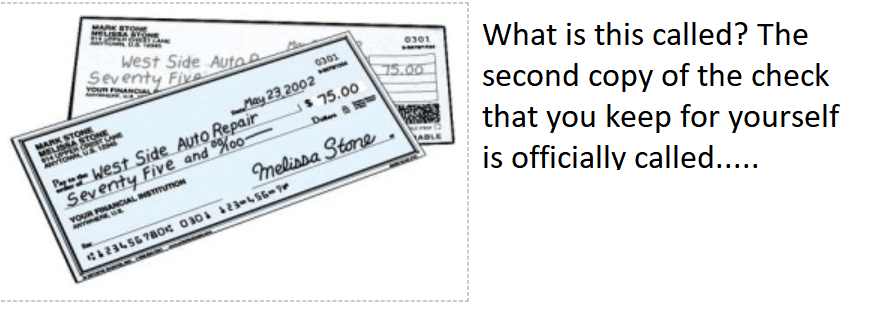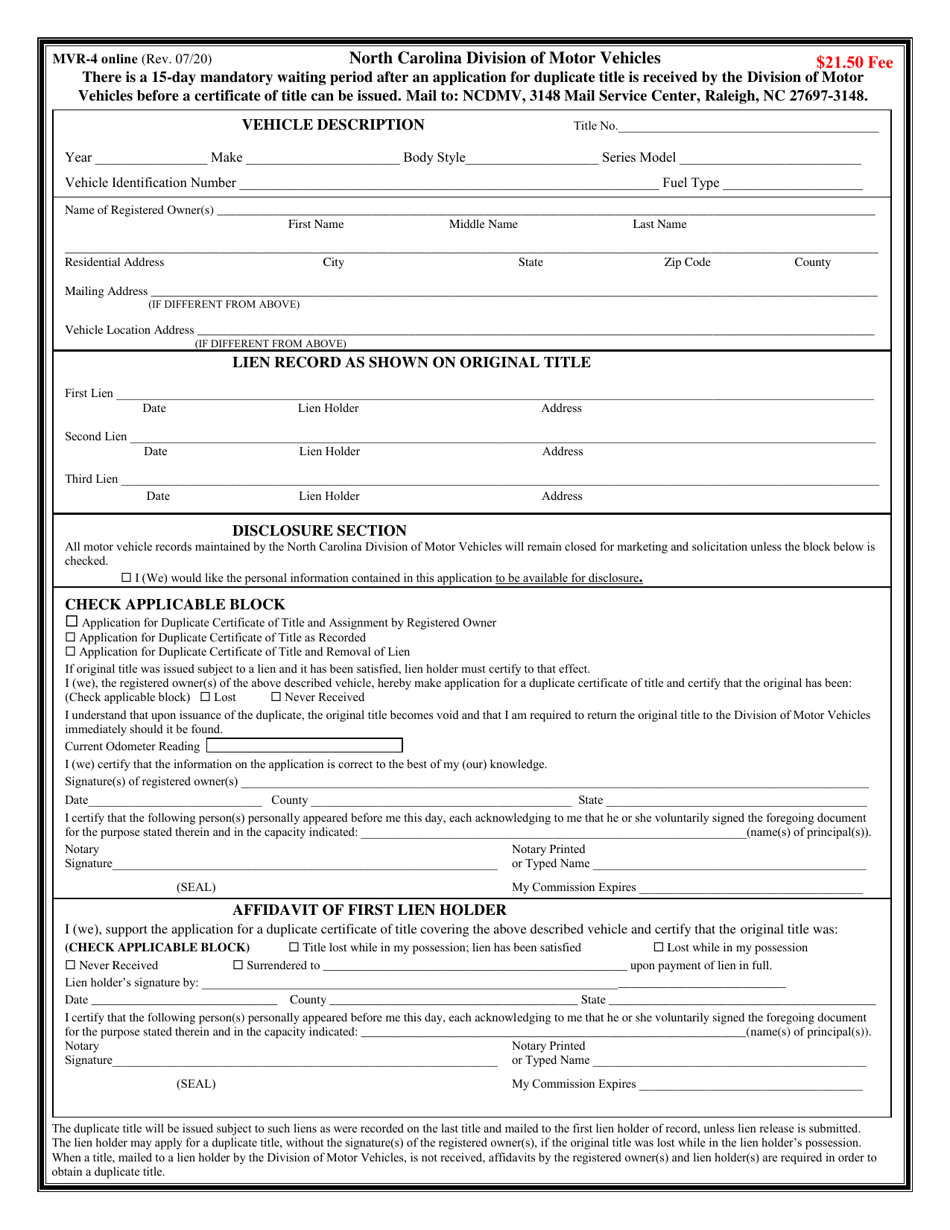

- #To be filled in duplicate meaning stock form how to#
- #To be filled in duplicate meaning stock form license#
Debt obligations in bearer form include commercial paper and banker's acceptances. You must also use the T5008 information return to report dispositions or redemptions of debt obligations in bearer form by individuals resident in Canada. You have to report all security transactions falling under any section of the Income Tax Act not specifically excluded under subsection 230(3) of the Income Tax Regulations, even if no tax arises as a result of the transaction.įor example, transactions undertaken under section 85 and section 85.1 of the Income Tax Act are not exempt from the requirement to report.

You have to report transactions to all persons, including individuals, corporations, partnerships, trusts, or any other person who resides either in or outside Canada. Issuers of securities and their agents or nominees use this information return to report redemptions, acquisitions, or cancellations of securities. Traders or dealers in securities have to file a T5008 information return to report purchases of securities as principal for their own account, and sales of securities they make as an agent or nominee, for any vendor.
#To be filled in duplicate meaning stock form how to#
This guide explains how to prepare a T5008 return of securities transactions. Formal disputes (objections and appeals).Authorizing the withdrawal of a pre-determined amount from your Canadian chequing account.Appendix E - Provincial and territorial codes.Appendix D - Samples of customized forms.How to prepare, distribute and file your T5008 slips with your T5008 Summary.Chart 3 - Interest in a trust or partnership.

Chapter 8 - Unclaimed proceeds of disposition.Amending, cancelling, adding, or replacing slips.Failure to provide a social insurance number (SIN) on a return.Failure to provide an identification number.Failure to provide information on a return.Late-filing and failure to file the T5008 information return.Filing using computer-printed (customized) forms.Failure to file information returns over the Internet.When do you not have to file a T5008 information return.Who has to file a T5008 information return.but since we need a false value in this instance, we’ve wrapped the whole thing in a NOT() (reversing the logic).the system sees we’ve already got that inside the list (producing a TRUE value for the IN() statement).If I came into the form and tried to enter “Matt V” again: If I were to give you an example of this (continuing from the GIF above), the list looks like this: the answer to that actual formula will be false - but we need it to produce a true value, in order to pass validation - that’s why we put the NOT() on there.meaning that the value entered by the user is NOT inside that list.because we want things to pass if the answer is FALSE to the IN() formula.It then see’s if the value entered by the user is inside that list.while excluding the record that we’ve got open in the form.Generate that list I was talking about (of all the values).When this formula processes, what it does is: This would prevent users from being able to enter the same name twice, but still allow them to enter it once. If I wanted to prevent duplicate user names, I would put the following formula inside the Valid If formula space for the User_Name column. to generate a UNIQUEID() for each user (this is marked as the KEY for this table).Let’s say I have a Users table with the following properties: What you’re really accomplishing with this formula is you’re pulling a list of all the values from, then you’re seeing if the value entered by the user (that’s the part of the formula) is inside that list but you’re also removing from that list the very record you’re working on.
#To be filled in duplicate meaning stock form license#
If I didn’t want the same license plate number entered twice, and I was putting this formula inside the Valid If formula space for the field that records the license plate numbers, I would use or whatever the name of that field is.If I was trying to prevent a duplicate User_Name, I could put there - because that is the column that I’m putting this validation formula on. needs to be the name of the column for the one you’re trying to validate.Preventing duplicates in this way is very straight-forward in AppSheet all you need is a validation formula in the Valid If space for the column you want to prevent duplicates on. Such as not being able to add a contact into the “Contacts” table if they already exists same with Products, Clients, Users, VehicleIDs, What-Have-Yous.

A very common type of validation you’ll want to add to your app is the ability to restrict people from entering duplicate information.


 0 kommentar(er)
0 kommentar(er)
